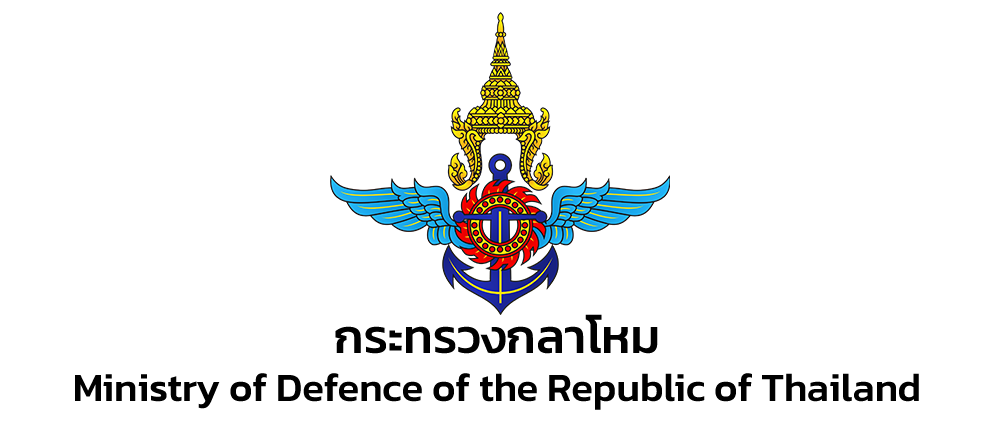- May 4, 2021
- 2,373

Title: Testing No.001
Document Number: RTAF-TESNG-001/2004
Classification: Confidential
Security Level: NSST Protocol + Maximum Secure Encrypted Method
Date: February 17, 2004
XI. IntroductionX
Background and Objective
HTMS Uthong Narubet, a part of the Naval Expeditionary Group Four (NEG4), serves as a key component in the Republic Thai Navy's Research & Development (R&D) initiatives. Stationed at Phuket Naval Base, the vessel is pivotal not only in safeguarding Thai maritime interests but also in participating in various experimental projects befitting a carrier of its caliber. In the R&D endeavors of 2004, dubbed Testing No.001, HTMS Uthong Narubet will undertake operations involving a squadron of Elbit Hermes 450 drones, currently on loan from the Republic Thai Army. As per the operational history provided by the Republic Army, the Hermes boasts a short takeoff range and can be aided by the carrier's ski-jump. The objective of this testing is to assess the effectiveness and feasibility of deploying Hermes drones from a Chakri Narubet-class light aircraft carrier.
XII. Command and ControlX
2.1 Guidance
This operation is conducted under the guidance of Admiral Wisa Tasanaroeng, Commander of the Naval Expeditionary Group Four, and approval from Defense Minister Sutin Klungsang.
XIII. Operational ForcesX
Republic Thai Navy Second Fleet
- Naval Expeditionary Group Four (NEG4)
- [1] Chakri Narubet-class light aircraft carrier
- HTMS Uthong Narubet
- 1,076 Crews
- Testing Drone Squadron
- [22] Elbit Hermes 450 drones
- Testing Aramament
- [70] Pair(s) of Spike-ER missile
- HTMS Uthong Narubet
- [1] Chakri Narubet-class light aircraft carrier
XIV. ExecutionX
4.1 Initial Deployment
All personnel will be reported to the respective base with all necessary equipment per the Defense Ministry documents.
4.2 Communication
Effective communication among all the units must be maintained. Any unidentified or suspicious activity must be reported to the command center immediately.
4.3 Rules of Engagement
Engagement will be per the established Rule of Engagement (ROE) with the application of international laws. The use of force must be proportionate, and only used in self-defense or to deter identified threats after all non-lethal methods have been exhausted unless specified otherwise by the ROE.
4.4 Support
Logistic support, including fuel, supplies, and maintenance, will be provided by the respective naval bases.
XV. CoordinationX
5.1 Inter-agency
Liaise with maritime agencies such as the Navy, Coast Guard, and Air Force to ensure maximum coverage and sharing of intelligence.
5.2 International
In case any foreign vessels or units are involved, contact must be established with the respective embassies or consulates and the situation must be reported to the Ministry of Foreign Affairs.
XVI. ConclusionX
The Defense Ministry has mobilized all necessary resources for the deployment of Testing No.001/2004. The Defense Ministry expects that its contribution will represent its dedication to ever adapting to the best practice to protect national maritime interests.
[Signature]
Sutin Klungsang
Defence Minister
[Signature]
Thaksin Shinawatra
Prime Minister, Republic of Thailand
Document Clearance:
The Office of the Prime Minister
The Ministry of Foreign Affairs
The National Intelligence Agency
The Republic Thai Air Force Command Center
The Republic Thai Navy Command Center
The Republic Thai Armed Forces Special Warfare & Operation Command
Distribution List:
The Office of the Prime Minister
The Ministry of Foreign Affairs
The National Intelligence Agency
The Republic Thai Air Force Command Center
The Republic Thai Navy Command Center
The Republic Thai Police
The Republic Armed Forces Headquarters
The Republic Thai Air Defense Command
The Naval Special Warfare Command
The Air Force Security Force Command


